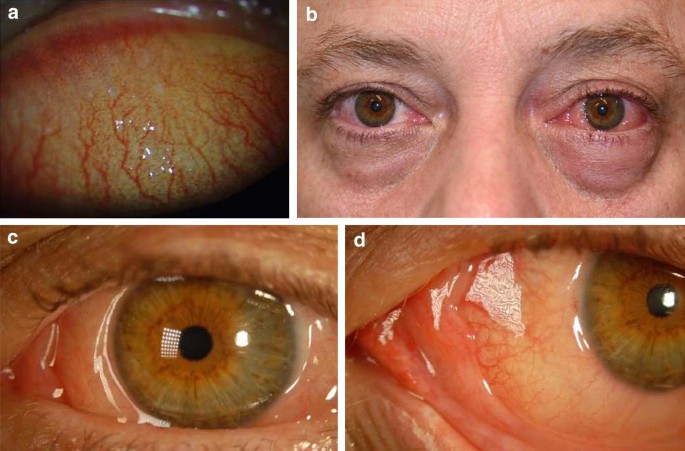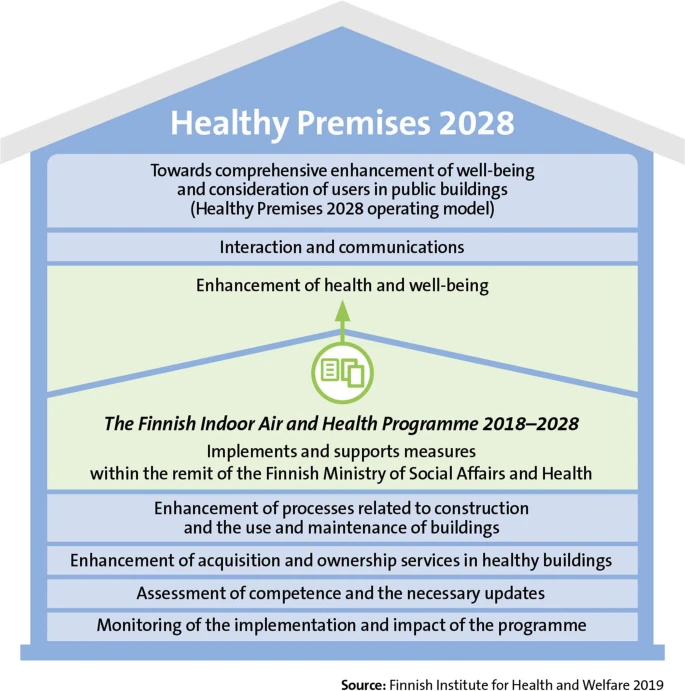Silvestre JF, González-Villanueva I
Servicio de Dermatología, Hospital General Universitario de Alicante, Alicante, Spain
The last few decades have seen a notable increase in the number of people who have a tattoo. This practice is not free from complications. Most adverse effects appear early and are temporary, although they can occasionally develop later and be permanent and serious. Recent research has generated new knowledge on the composition of inks, their degradation over time, the immune activity that is stimulated, and the various clinical disorders that can arise. This information enables better approaches to diagnosis and management when complications arise. Diagnosing allergic reactions to permanent tattoo ink can be very challenging. This review aims to identify clinical and histological clues to help practitioners differentiate allergic reactions from other complications. We discuss the yield and appropriateness of skin tests and biopsies and propose an algorithm to guide the diagnostic process.





 Article Info
Article Info